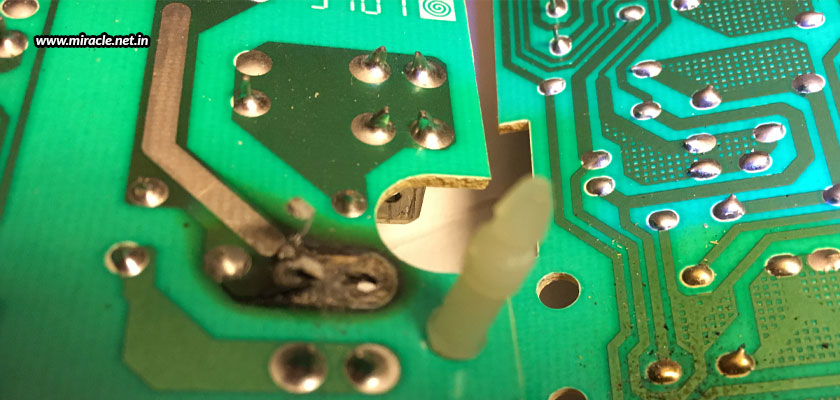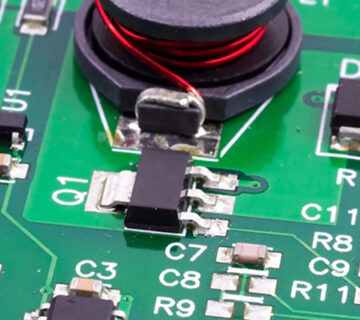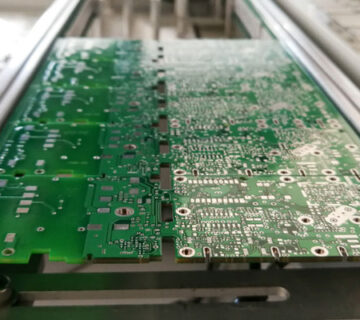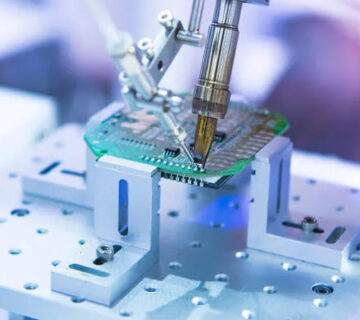Burning of a Printed Circuit Board (PCB) can be hazardous as it not only damages the circuit board, but may also impact the application in which it is used. Further, repairing a burnt PCB is very challenging, and it may be difficult to diagnose where the issue has stemmed from. However, we’ll let you know, in this blog, some of the most common reasons why a PCB may burn, as well as a few solutions to prevent your future PCBs from burning.
What my cause a PCB to burn?
PCBs may burn because of certain defects in the making of the PCB such as improper component spacing, or due to external factors like extreme heat, or maybe due to functionality issues like component failure.
Improper component spacing – If the components on the PCB are placed too close together, they tend to heat up, and can impact adjacent components that are more affected by high temperatures. Hence, the components should be neatly placed with sufficient spacing between them. In other words, you must at no cost overstuff your board.
Extreme heat – If PCBs are exposed to high temperatures, more than what they can handle, it is obvious that they will only be burnt. Generally, PCBs are designed to withstand high temperatures and have a glass transition temperature of 170°C; but those designed for usage in hot environments have an operating temperature 25°C less than the glass transition temperature. If such degrees are not maintained, the PCB may burn. Nevertheless, even if all of this is maintained, PCBs could also burn if the machine overheats, or if the board is exposed directly to flame.
Component failure – Once the PCB is made, it is important to check and test the board. For instance, checking to ensure that the right diodes and capacitors are specced out for the board, will decrease the likelihood of component-failure related burning. Also, the lack of properly sized fuse protection may also burn the board. In the event of a voltage surge or lightning strike, high voltage protection diodes can protect the board from burning.
How to prevent a PCB against burning?
Now that we know the possible reasons that can cause a PCB to burn, we also know how we can prevent a board from burning in the future. Let’s take a look.
Using high quality components – Low quality components may bring low quality outcomes. You thus need to ensure proper component quality to prevent PCBs from burning.
Better coating – Improper conformal coating can negatively affect the PCB. In the case of such coatings, if dust or other particles make their way near already-hot components, they could ignite, thus burning the board. Some of the best coating materials you may consider to use include epoxy, silicone resin, acrylic resin, urethane, amorphous fluoropolymer, and polyparaxylelene.
Having the right spacing – As we mentioned above, overstuffing the board is a big “NO”! Make sure to have adequate spacing between every two adjacent components to ensure safe. In addition to adequate spacing, the PCB should also have proper heat sinks and tracework.
So, using high quality components, spacing them right, and coating them with the right material are crucial steps while manufacturing a PCB. And for all of this to work right, it is important that you partner with a professional and experienced manufacturer who knows how to make the perfect PCB assembly from India for your particular application. Miracle Electronics is one such name you can rely upon for all kinds of customized PCB assembly manufacturing, each PCB being RoHS compliant, thus ensuring quality.




